During World War II, the freeze-dried process was developed commercially when it was used to preserve blood plasma and penicillin. Freeze-drying requires the use of a special machine called a freeze dryer, which has a large chamber for freezing and a vacuum pump for removing moisture. Over 400 different types of freeze-dried foods have been commercially produced since the 1960s. Two bad candidates for freeze-drying are lettuce and watermelon because the water content is too high and they freeze-dry poorly. Freeze-dried coffee is the best-known freeze-dried product.
The Freeze Dryer
Special thanks goes to Thomas A. Jennings, Ph.D., author of the reply to the question “Who invented the first freeze-dryer?”
Thomas A. Jennings, “Lyophilization: Introduction and Basic Principles”
“There is no real invention of a freeze-dryer. It appears to have evolved with time from a laboratory instrument that was referred to by Benedict and Manning (1905) as a ‘chemical pump.’ Shackell took the basic design of Benedict and Manning and used an electrically driven vacuum pump instead of the displacement of the air with ethyl ether to produce the necessary vacuum. It was Shackell who first realized that the material had to be frozen before commencing the drying process — hence freeze-drying. The literature does not readily reveal the person who first called the equipment used to conduct this form of drying a ‘freeze-dryer.'”
Dr. Jennings’ company has developed a number of instruments that are directly applicable to the lyophilization process, including their patented D2 and DTA thermal analysis instrument.
Trivia
Freeze-dried coffee was first produced in 1938, and lead to the development of powdered food products. Nestle company invented freeze-dried coffee after being asked by Brazil to help find a solution to their coffee surpluses. Nestle’s own freeze-dried coffee product was called Nescafe and was first introduced in Switzerland. Tasters Choice Coffee, another very famous freeze-dried manufactured product, derives from a patent issued to James Mercer. From 1966 to 1971, Mercer was chief development engineer for Hills Brothers Coffee Inc., in San Francisco. During this five-year period, he was responsible for developing a continuous freeze-drying capability for Hills Brothers, for which he was granted 47 U.S. and foreign patents.
How Does Freeze Drying Work?
According to Oregon Freeze Dry, the purpose of freeze-drying is to remove a solvent (usually water) from dissolved or dispersed solids. Freeze drying is the method for preserving materials that are unstable in solution. In addition, freeze-drying can be used to separate and recover volatile substances as well as to purify materials. The fundamental process steps are:
- Freezing: The product is frozen. This provides a necessary condition for low-temperature drying.
- Vacuum: After freezing, the product is placed under a vacuum. This enables the frozen solvent in the product to vaporize without passing through the liquid phase, a process known as sublimation.
- Heat: Heat is applied to the frozen product to accelerate sublimation.
- Condensation: Low-temperature condenser plates remove the vaporized solvent from the vacuum chamber by converting it back to a solid. This completes the separation process.
Applications of Freeze-Dried Fruits
In freeze-drying, moisture sublimes directly from the solid state to vapor, thus producing a product with controllable moisture that has no need for cooking or refrigeration and retains its natural flavor and color.
Sources
“Home.” OFD Foods, 2017.
Jennings, Thomas A. “Lyophilization: Introduction and Basic Principles.” 1st Edition, CRC Press, August 31, 1999.


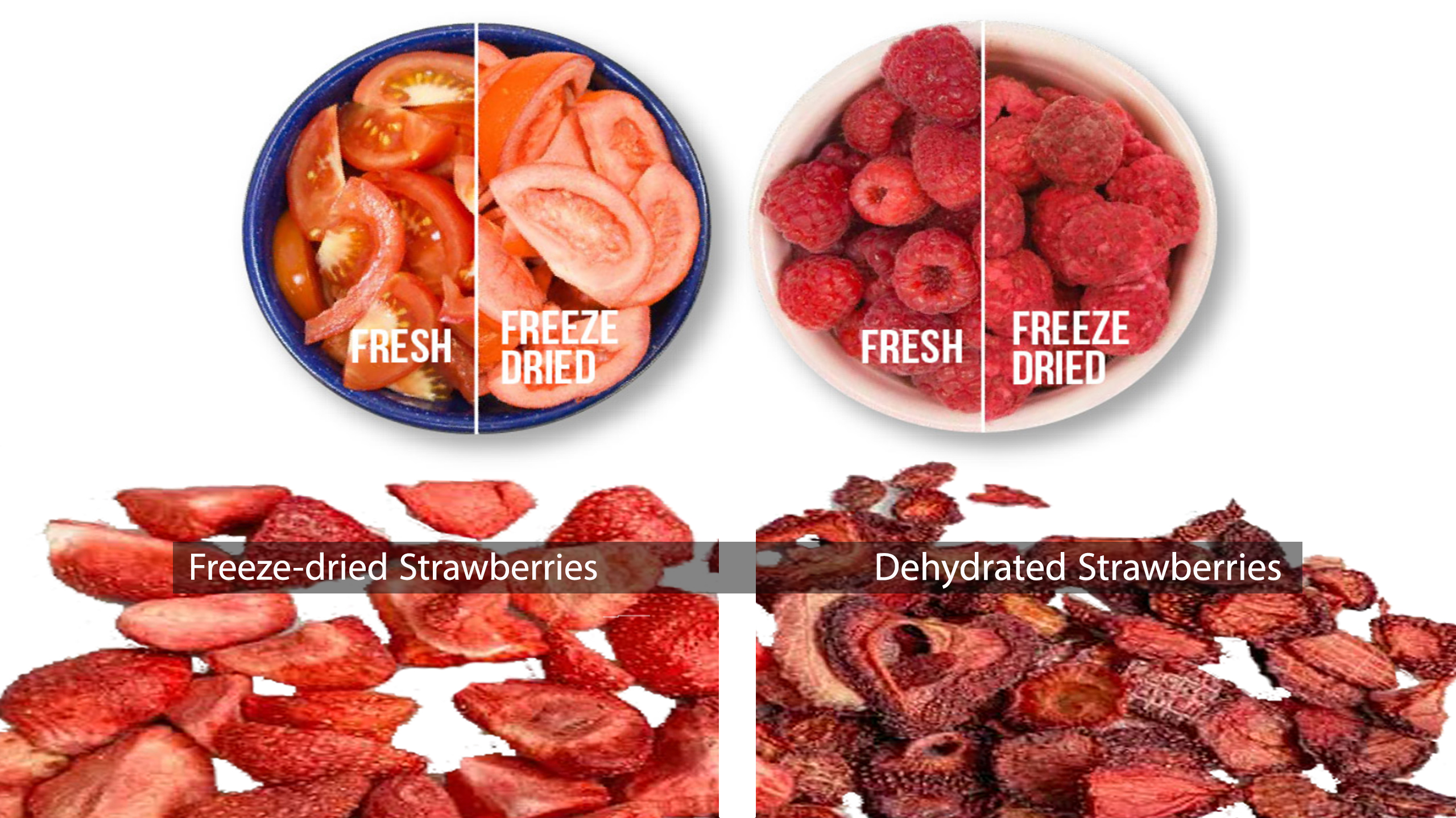

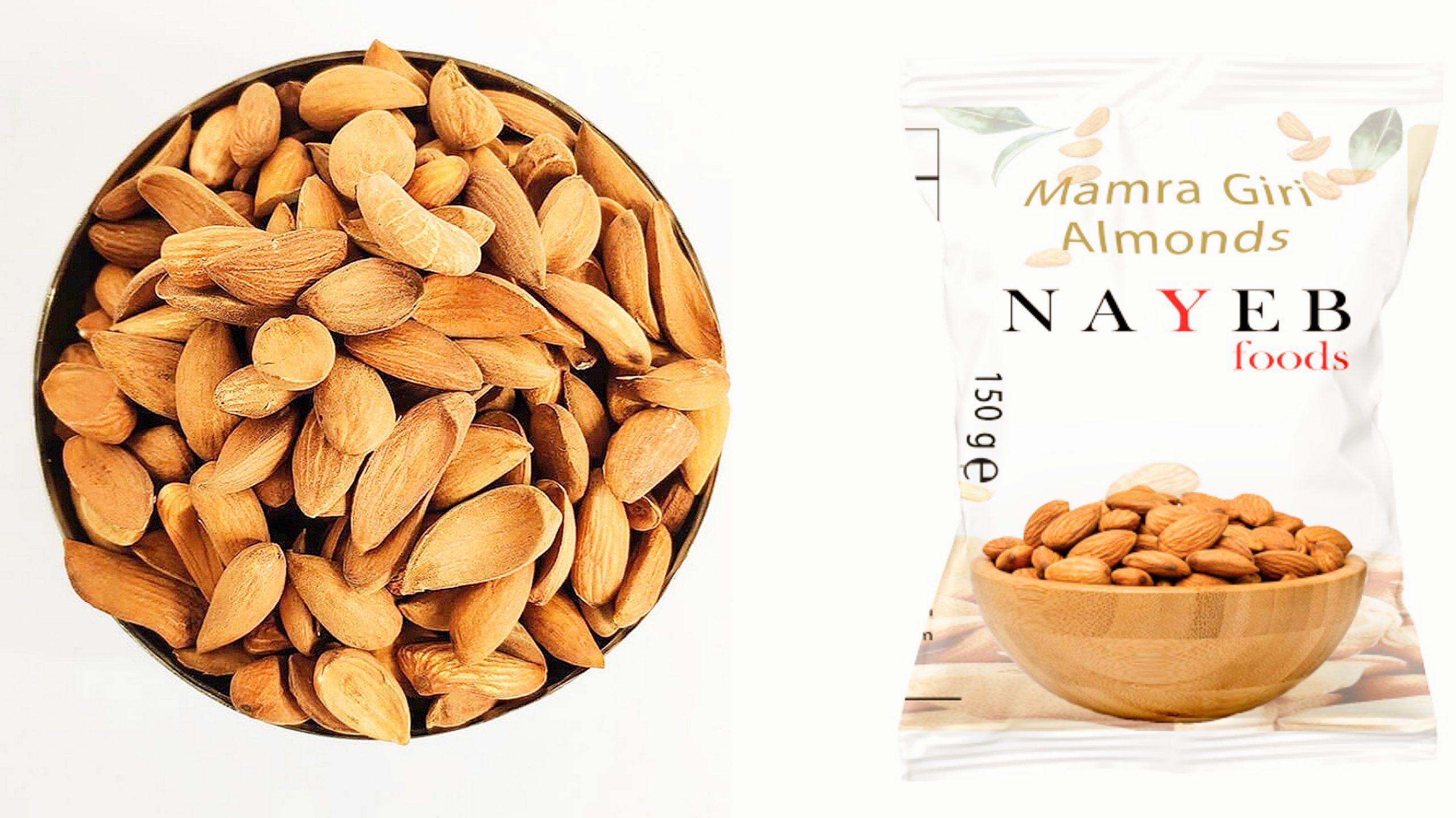
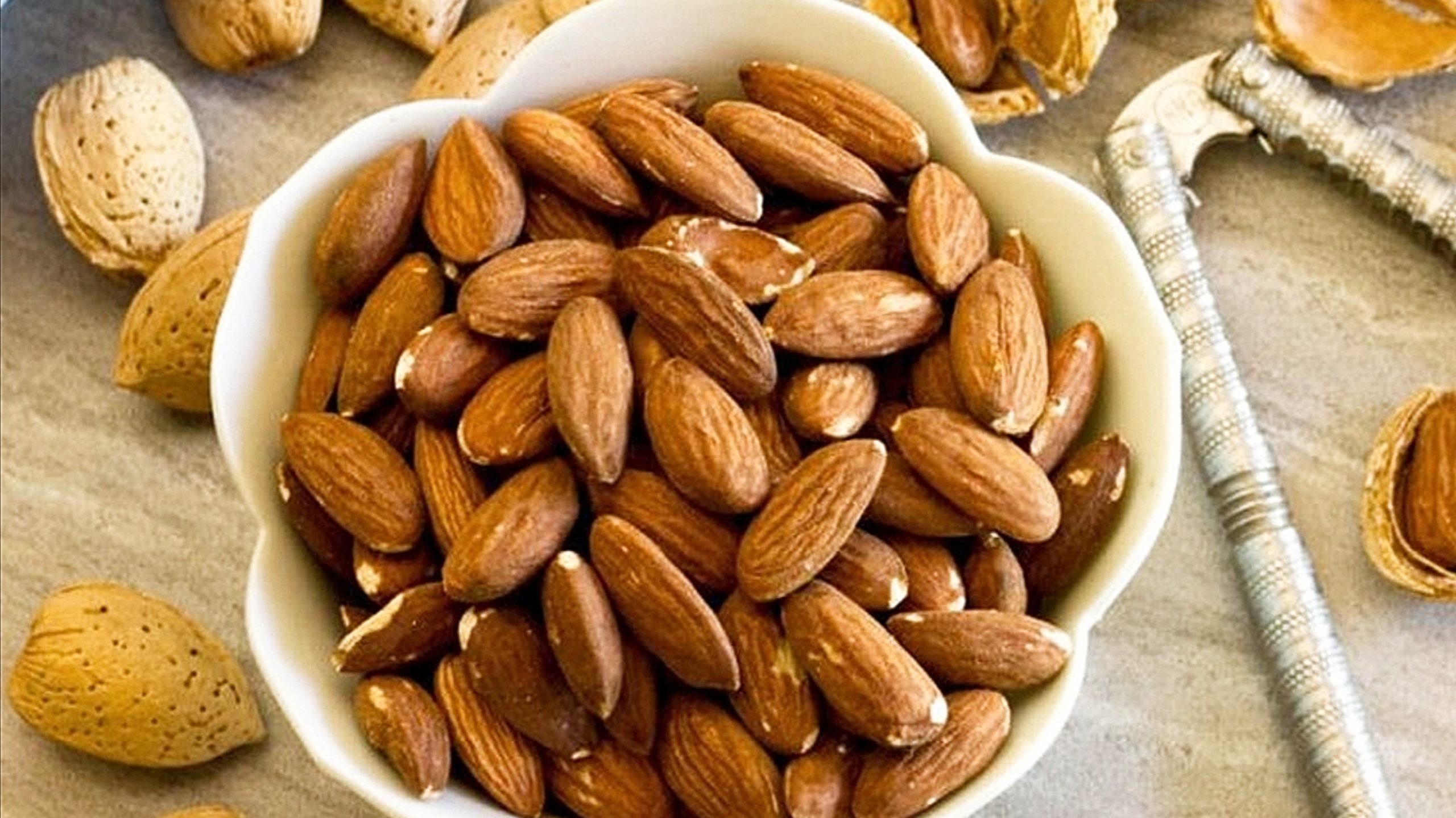
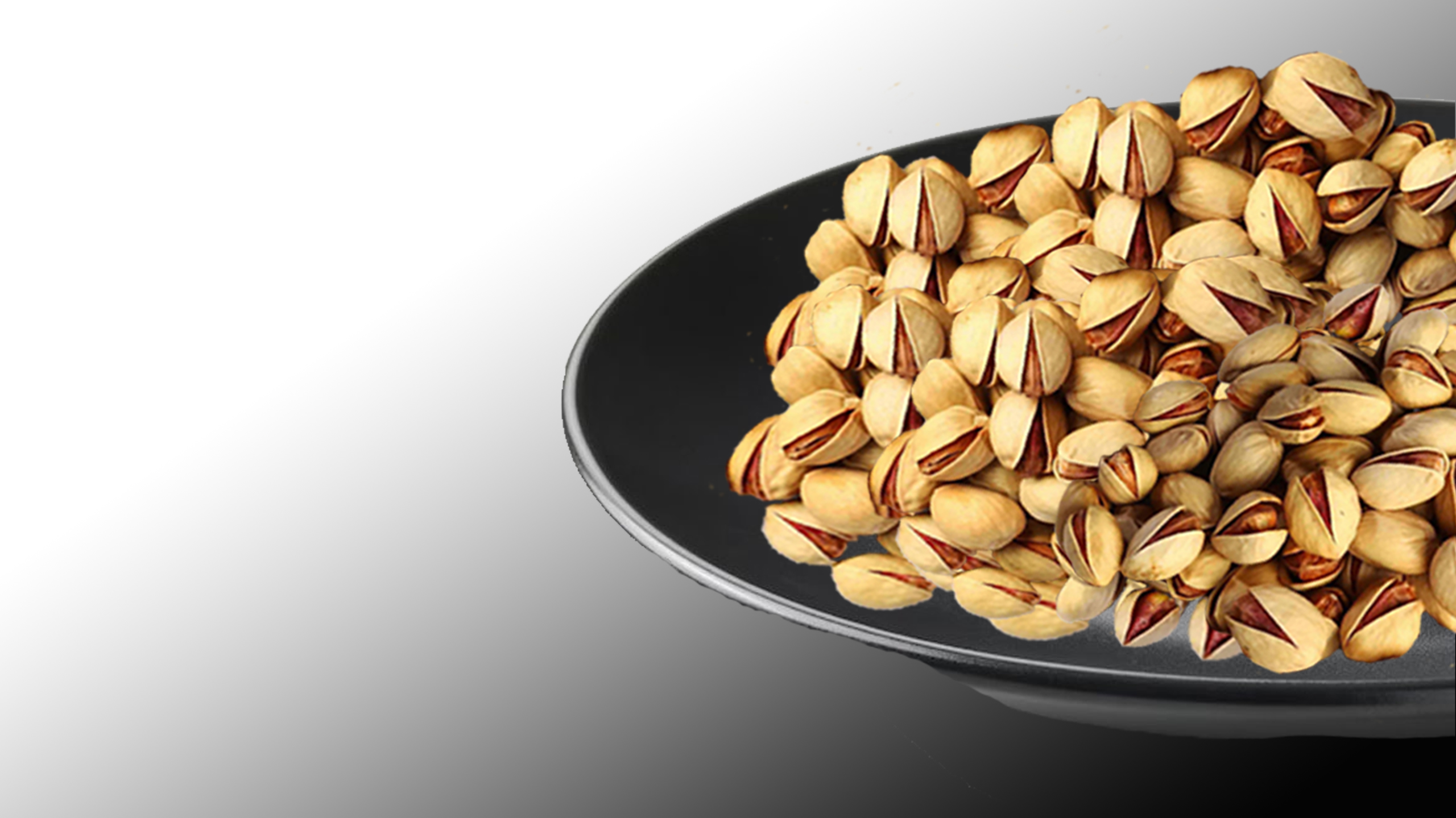
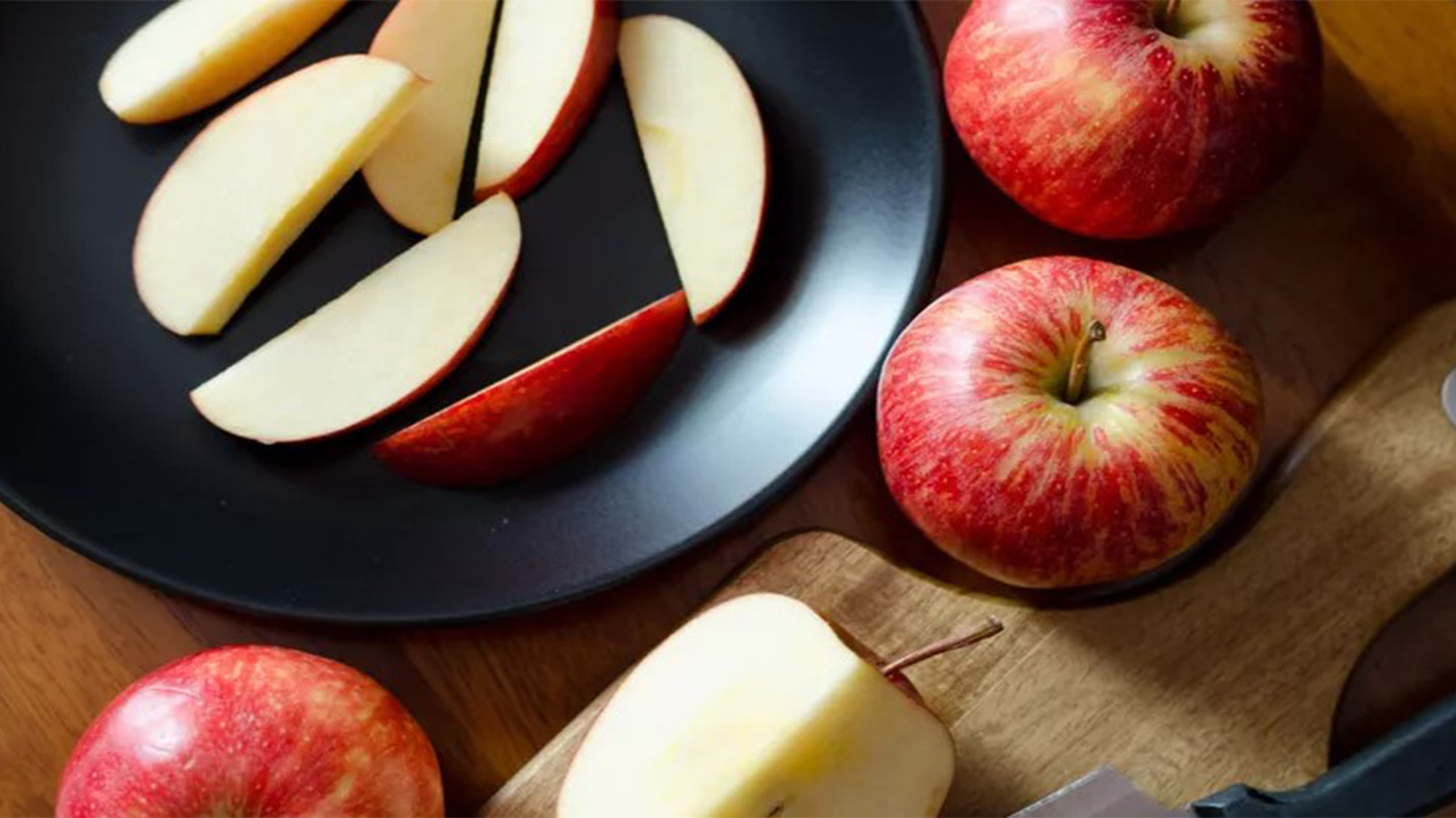
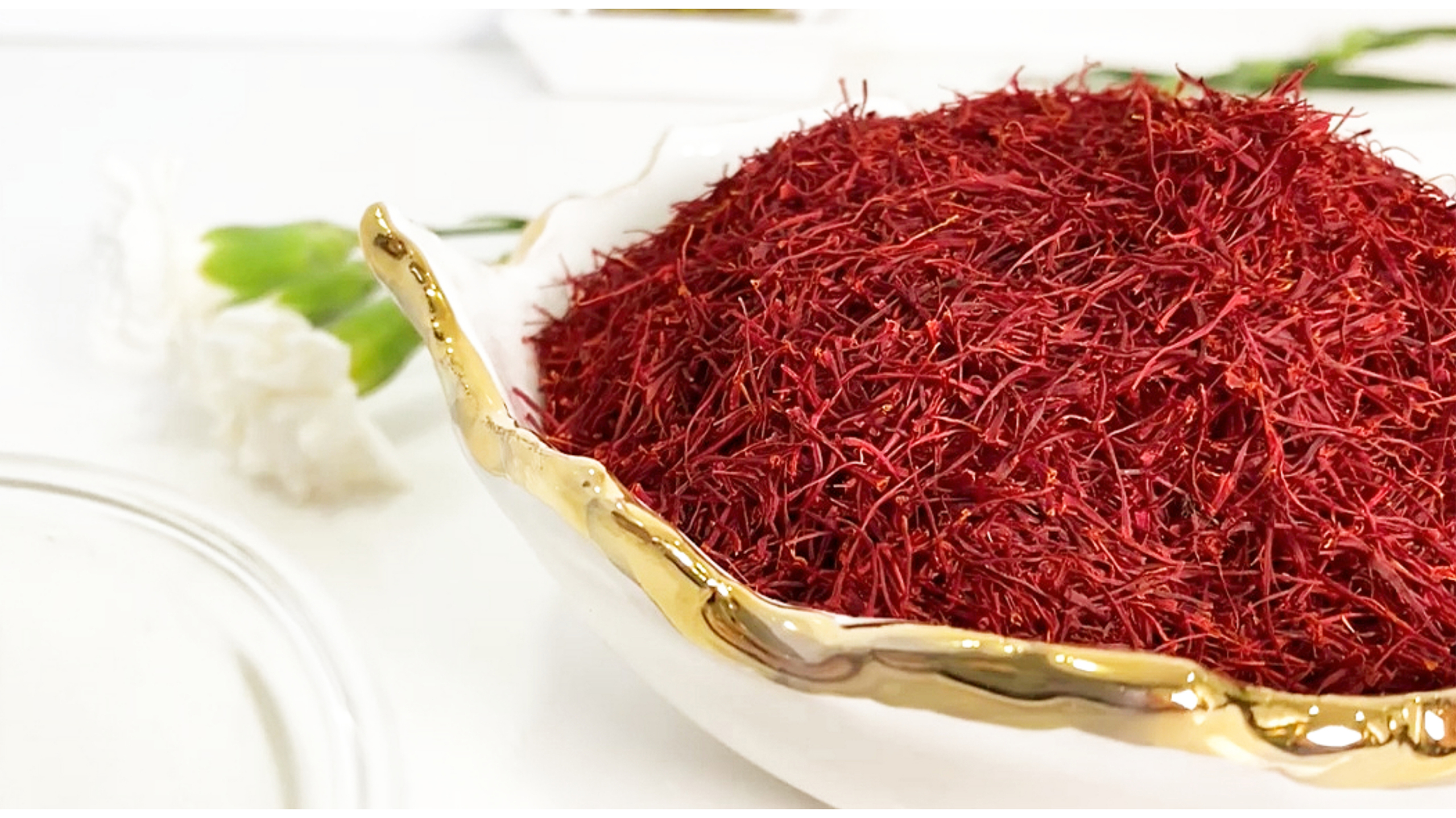
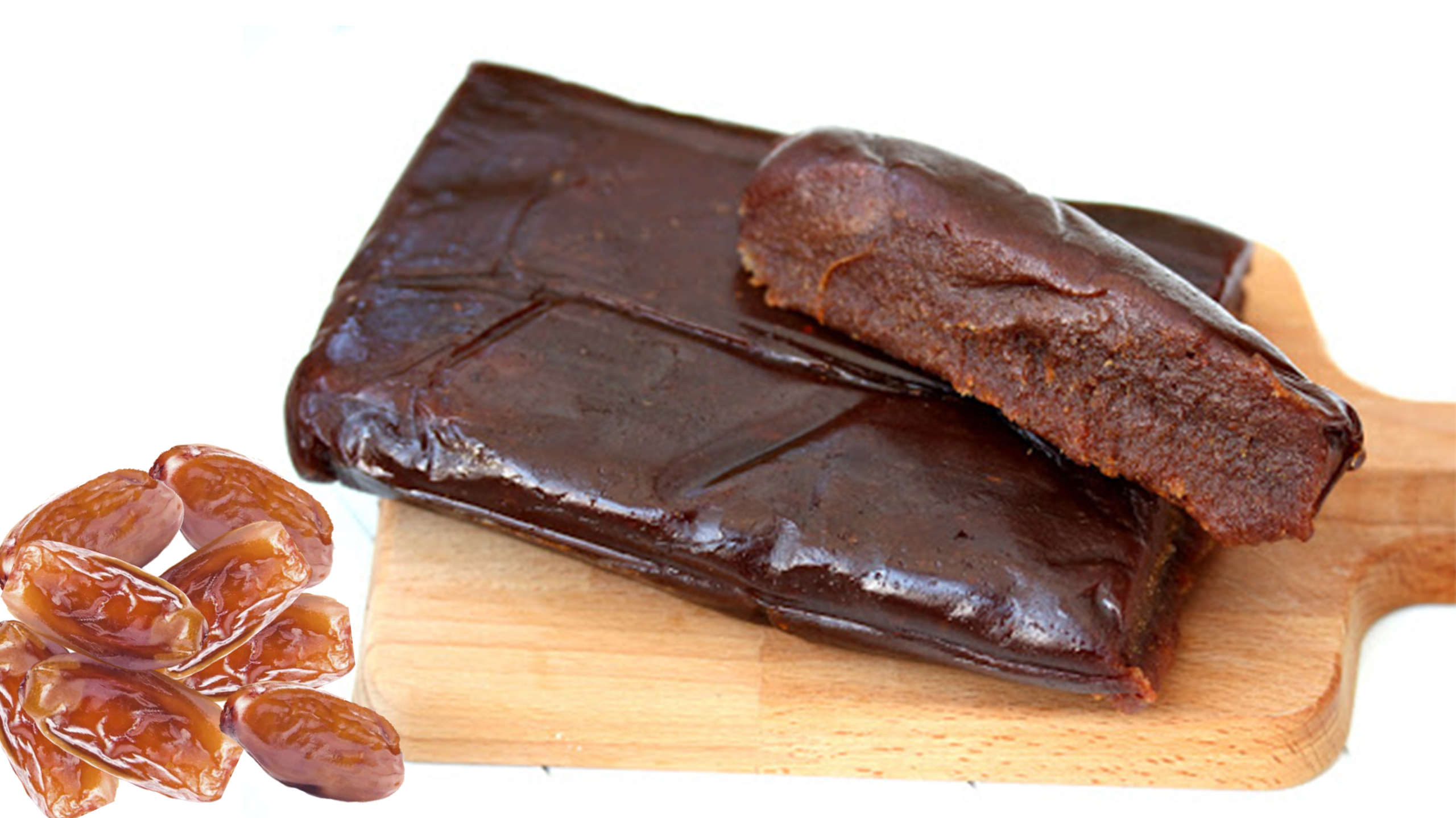

You’re so awesome! I don’t believe I have read a single thing like that before. So great to find someone with some original thoughts on this topic. Really.. thank you for starting this up. This website is something that is needed on the internet, someone with a little originality!
I was suggested this web site by my cousin Im not sure whether this post is written by him as no one else know such detailed about my trouble You are incredible Thanks
Hello my loved one I want to say that this post is amazing great written and include almost all significant infos I would like to look extra posts like this
I like the efforts you have put in this, regards for all the great content.
I just like the helpful information you provide in your articles
Your website is a safe place for my mind, and I appreciate how hard you work to find interesting material to post on it. Wishing you luck and a never-ending desire to learn.
Hello, I log on to your blogs on a regular basis.
Your story-telling style is awesome, keep doing what you’re
doing!
I’ve learn a few good stuff here. Certainly value bookmarking for revisiting.
I surprise how much effort you put to make the sort of excellent informative site.
Anything especial.
Quite good topic
Wow, fantastic blog structure! How long have you been running a blog for? you made running a blog look easy. The entire glance of your web site is wonderful, let alone the content!!